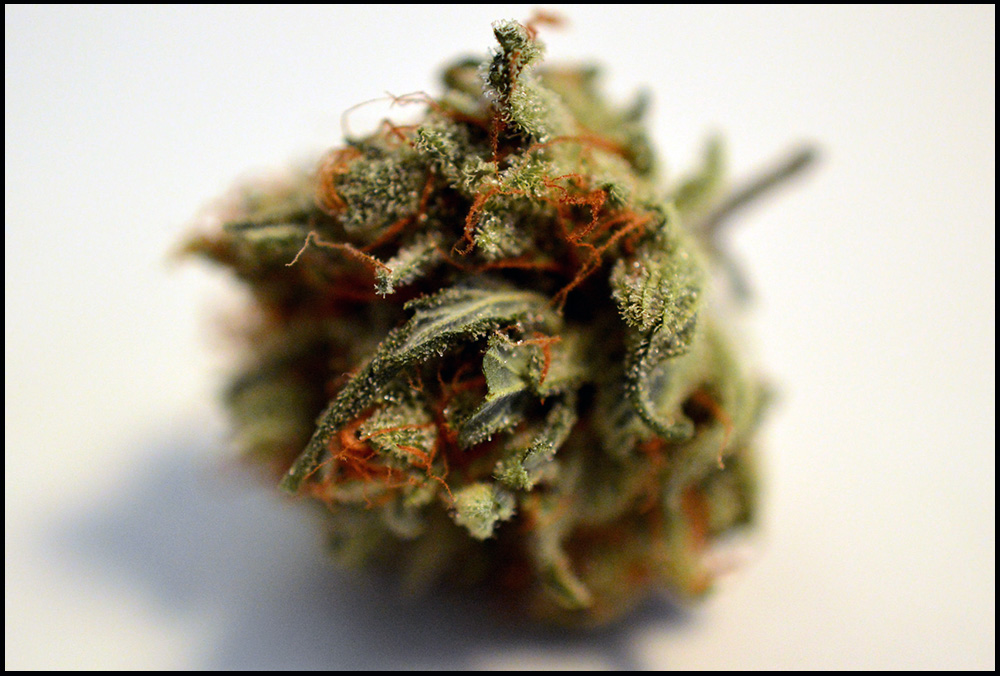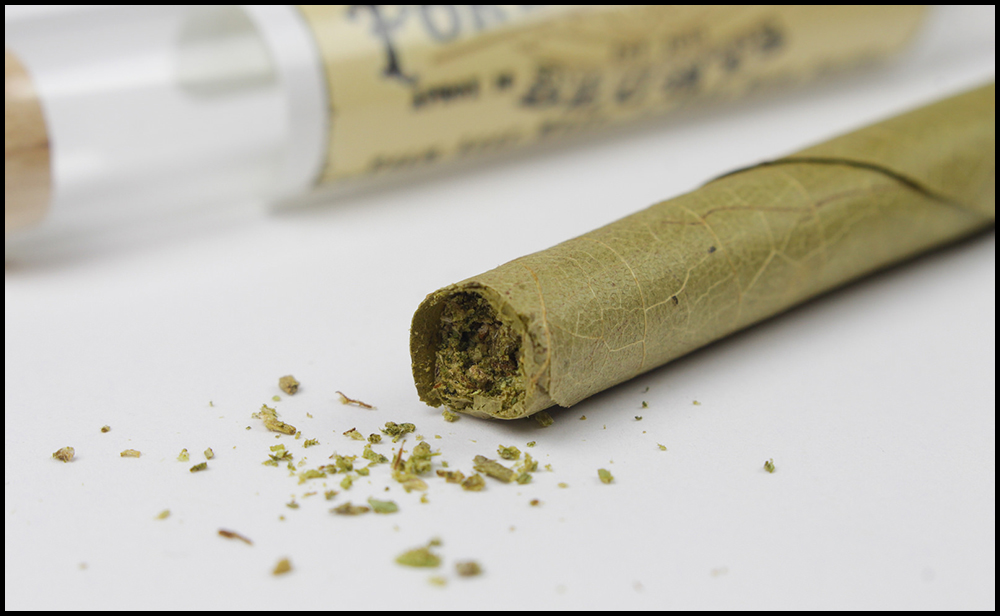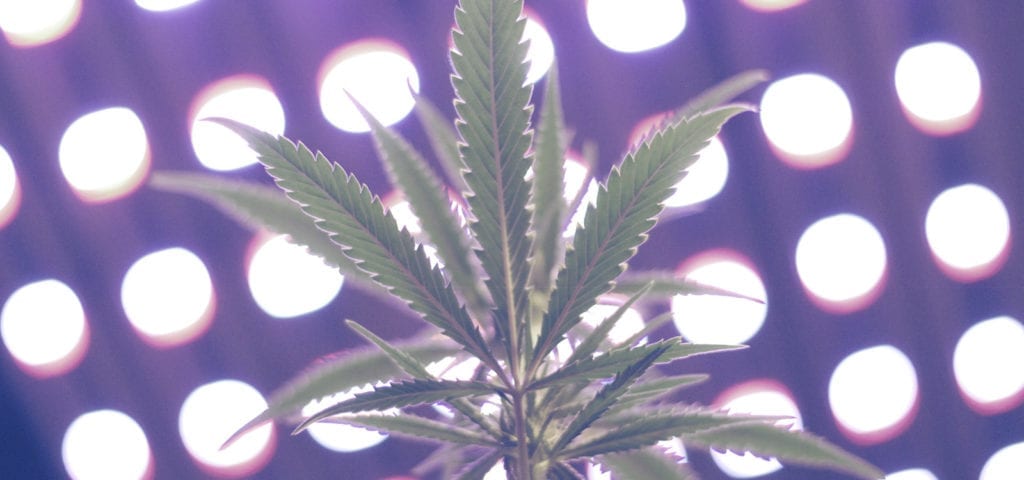Headset is a cannabis-specific business intelligence company, which means we handle a lot of data. By a lot, I mean that we track sales data in real-time for over 325 retailers in 8 states. Since we launched in June of 2015, we’ve tracked over 1,889,000,000 transactions. Suffice to say, all those data have some interesting things to tell us. While the core of our business is making real-time business intelligence accessible at the touch of a button, we also love to zoom out and nerd out on all the fun facts in our dataset.
The following are some of the more interesting insights about Washington’s cannabis marketplace that we’ve gained over 2017, which we also discussed on our recent Ganjapreneur.com Podcast appearance.
Demographics
The first question we get when it comes to cannabis sales data is always, “Who?” People want insights into who their customers are and how their generation or gender might shape their purchasing decisions.
When it comes to what types of products the different generations prefer, flower is still the number one seller across the board. However, while the overwhelming majority of each age group prefers flower, the runner-up in each category is different.

Millennials tend to buy concentrates the most, with 17% of their sales going to concentrates. Gen Xers are split between concentrates and vapor pens, while Boomers like vapor pens and pre-rolls.
Millennials are the dominant category of consumers overall, with 49% of the total market share in our dataset. Gen Xers aren’t too far behind though, at 39%. Interestingly, more Gen X and Boomer women participate in the cannabis market than for Millenials, where only 31% of sales go to women.
Strains
There are a million strains out there these days — Scroopy Noopers, anyone? — so it’s always interesting to see which ones stand out in the crowd. Blue Dream is still the crowd favorite, with about 1,040,000 units sold for a total revenue of roughly $19 million in Washington in 2017. Another strain name you hear a lot, Gorilla Glue, was close on the heels of Blue Dream, selling about 30,000 fewer units. However, the total revenue generated by Gorilla Glue was higher, at about $21.2 million.
Dutch Treat is in third place, and there’s a significant gap between it and the top two. Green Crack, despite its less-than-PC name, made it to fourth place.
The unit-to-revenue ratio difference between Blue Dream and Gorilla Glue is, we suspect, due to larger producers doing higher volumes of Blue Dream for lower prices. This is probably a bit of a chicken-and-egg scenario, as Blue Dream’s widespread popularity could be driving producers to grow more of it.
Producers
Flower is still the top product in Washington State, so brands with serious flower operations dominate the market in this data. Phat Panda and Northwest Cannabis Solutions (NWCS) are currently the state’s top two brands, and both are pretty neck-and-neck in terms of units sold and total revenue. Both hover around 1.2 million units sold over the past year. Artizen Cannabis is in 3rd place, with about 300,000 units less than Phat Panda or NWCS. Fireline and Top Shelf are next in line, with about 50% of the units sold of Phat Panda or NWCS.
Our data seems to suggest that product variety is a big part of Phat Panda’s success. We show over 1000 unique Phat Panda SKUs in our system across nine different product segments. Price doesn’t seem to slow them down, as their average item price of $9 is above the industry average of $8. Their advantages also lie in a robust distribution network and unique packaging and branding, which offers some proof that, in both wholesale and retail situations, superior service and branding can trump price pressure.

Prices and Volume
Consumer price sensitivity is another very hot topic in cannabis data. In our experience, the vast majority of consumers aren’t exactly big single-trip spenders, as 44% of consumers go for single grams. After that, we see 39% of consumers buying eighths, but popularity drops drastically as quantity goes up. Simply put, people aren’t buying big ticket items too frequently. This could be due to not having the funds on hand to buy full ounces, people wanting to sample the ever-growing variety of strains, or, as we like to joke, Millennials spending all their money on avocado toast.
In terms of the actual dollar prices of those single grams, their average item price is around $8 pre-tax. Eighths are about $24 and ounces are about $95. This strongly suggests that variety, more than price sensitivity, drives the popularity of single grams, as $95 for an ounce translates to about $3.50 per gram. That’s a pretty significant volume discount. Overall, prices have fallen significantly since legalization in Washington launched, but they have started to plateau recently. We expect these prices stay in place for awhile.
And while we’ve all heard stories of $2.50 pre-roll specials and watched $5 grams become standard, we’re always fascinated by the other end of the spectrum: the most expensive products. The biggest standout in that area is the “cannagar,” from Leira, which we’ve seen for $350 and up, depending on the store. It’s a 15-gram cannabis cigar, wrapped with cannabis leaves, layered with kief, and sometimes even studded with concentrates. It’s basically the cannabis equivalent of popping a bottle of Dom Pérignon!
The other spendy one we’ve noticed is a Rick Simpson Oil (RSO) called Jackie White, from Craft Elixirs, at $130 for 3g. It’s not a crazy price per gram, but it is a higher overall price than most concentrates, which are typically sold in 1g units. So anyone buying that is probably stocking up, which makes a lot of sense given that RSO is popular with medical cannabis patients.

Fastest Growing Categories
Edibles are probably the largest category that we track to show continual growth year-to-year, but there are lots of smaller categories that are having their moments, so to speak. Tinctures and capsules are among those, and the growth rates in those categories can be really astronomical because there are so few competitors to begin with. This can be because the category simply didn’t exist before, like distillates, or because consumers discovered it suddenly.
Other market factors can play a role too. For example, RSO and Whole Plant Extract (WPE) showed a pretty huge growth spike right after Washington State incorporated its medical cannabis system into the recreational one, where we get our data from. Those products are primarily used by medical patients, so that was a really cool example of being able to watch a real market trend play out in terms of data.
Get daily cannabis business news updates. Subscribe
End
